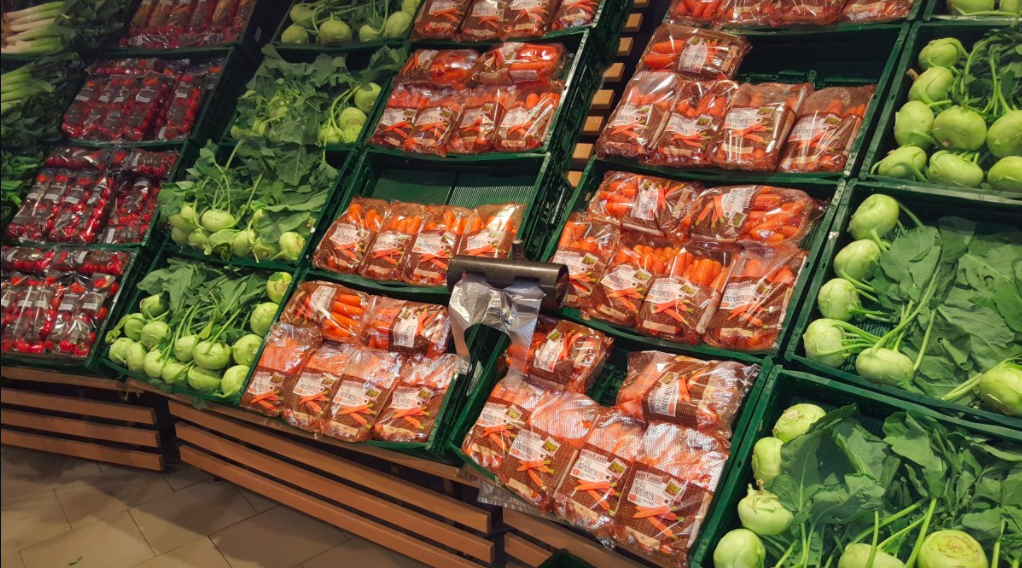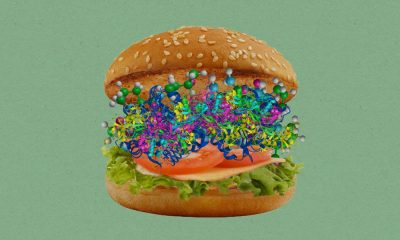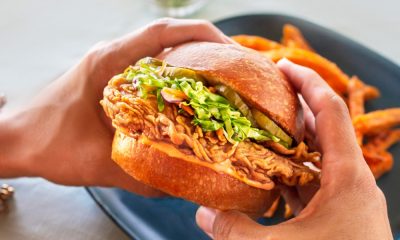A new study suggests that the cousins of SARS-CoV-2 can survive in frozen meat and fish for up to a month.
Prompted by COVID outbreaks in Asia, where it was suspected that the virus came from packaged meat, researchers conducted a study on frozen chicken, beef, pork and salmon.
The findings were then published recently in Applied and Environmental Microbiology, a journal of the American Society of Microbiology.
Emily Baily, the first author and assistant professor of public health at Campbell University in Buies Creek, NC, said her team conducted the research without using the coronavirus behind the COVID pandemic-19. In place of that, the team used three surrogate viruses with similar protein spikes, all of which got used as stand-ins in previous studies of SARS-CoV-2.
The viruses were placed in frozen meat and fish subjected to refrigerator temperatures (39.2 degrees Fahrenheit) and freezer temperatures (-4 degrees Fahrenheit).
“Although you might not store meat in the fridge for 30 days, you might store it in the freezer for that long. We even found that the viruses could be cultured after [being frozen for] that length of time,” said Bailey.
The researchers found that the viruses didn’t fare well in refrigerator temperatures compared to freezer temperatures. What’s more, the numbers also differed by food item.
The viruses managed to survive for extended periods of time at high concentrations of both temperatures.
According to the researchers, the findings are crucial because SARS-CoV-2 can also reproduce in the gut and not just in the respiratory tract, where patients usually feel the effect of its symptoms.
“Continued efforts are needed to prevent contamination of foods and food processing surfaces, worker hands, and food processing utensils such as knives,” wrote the authors before adding that food disinfection before they get packaged and sold in stores need to be addressed properly.
The researchers also emphasized the need for “rigorous and sustained food sanitation and hygiene in the harvest, transport, processing, and distribution of these foods.”
















